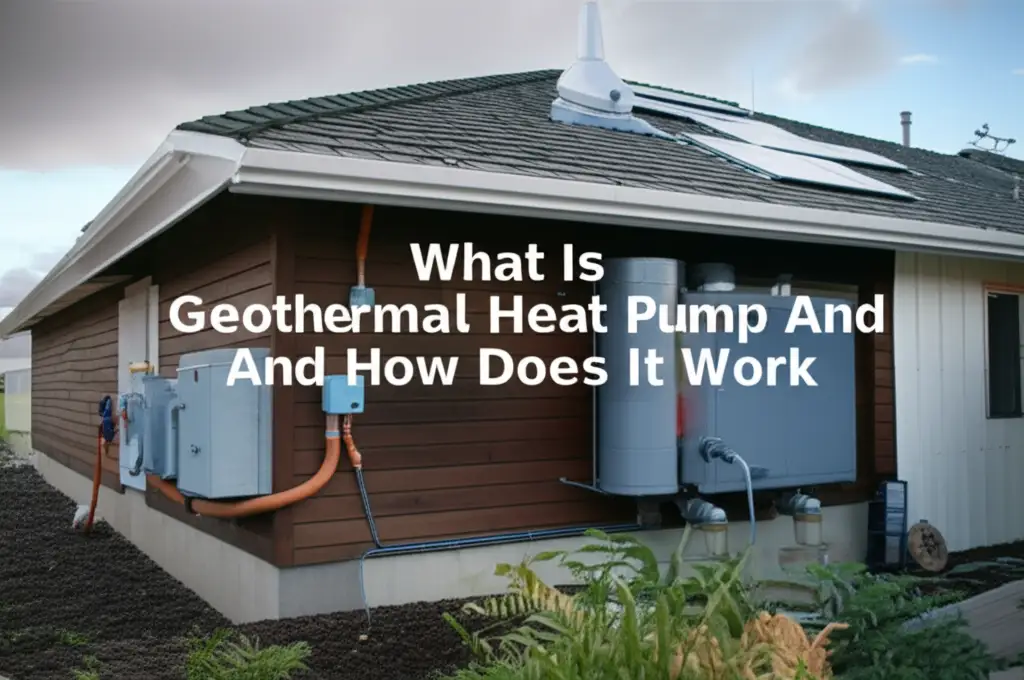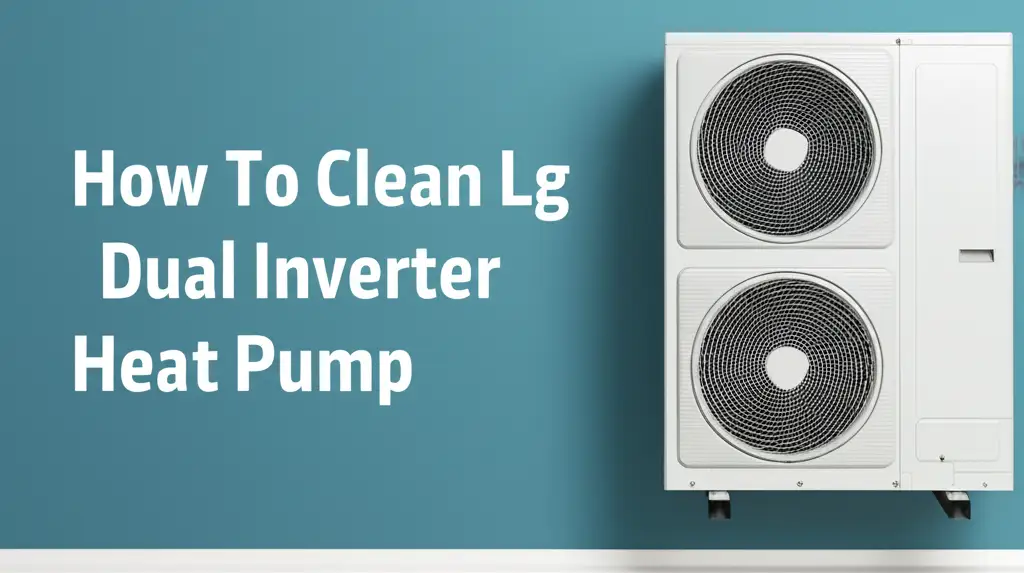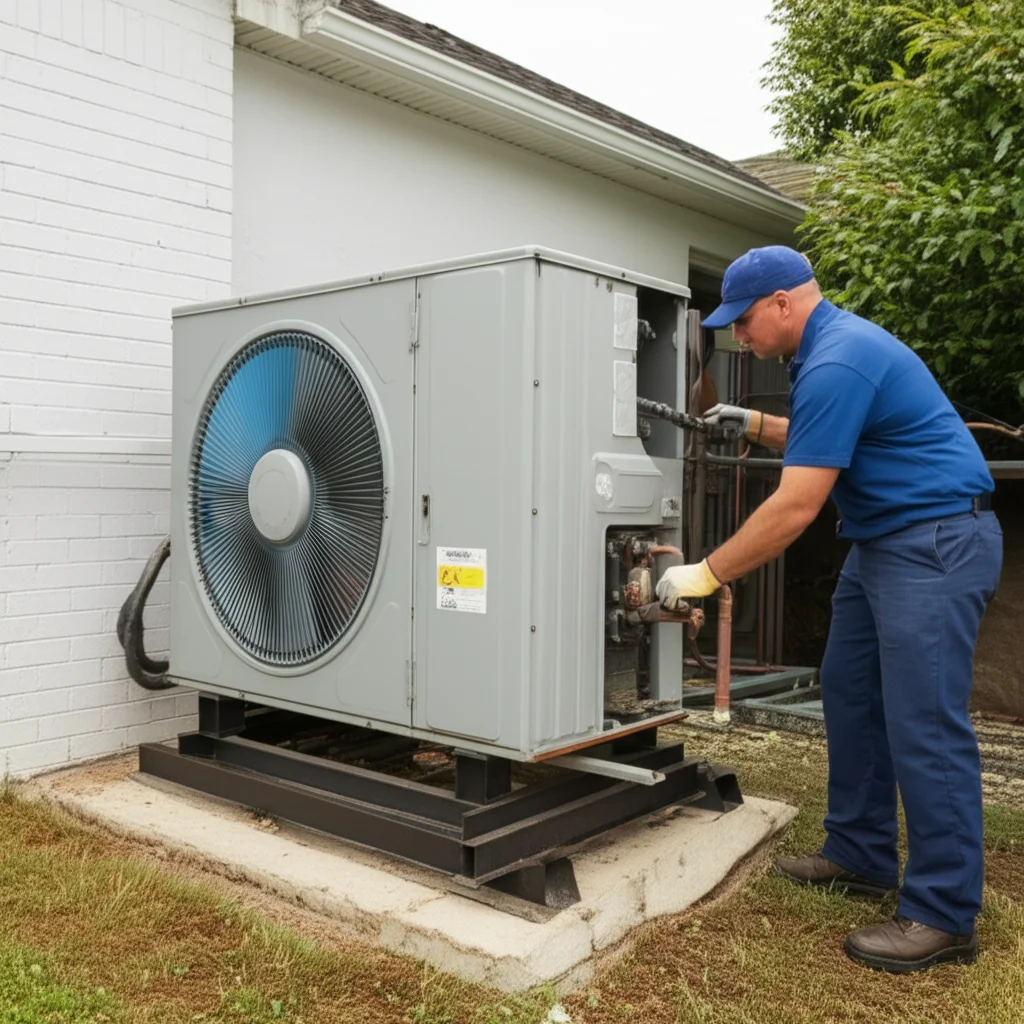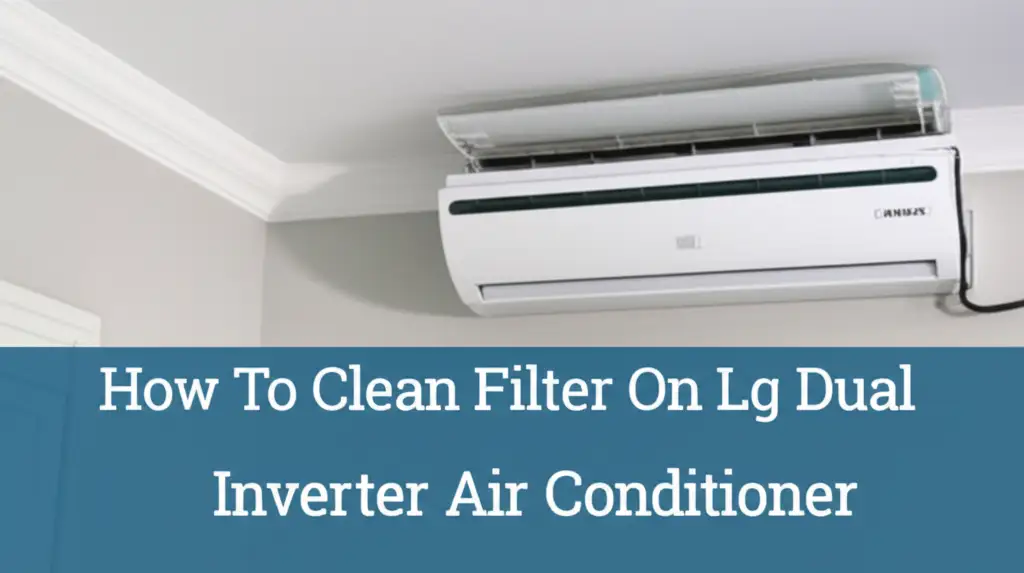· Davia Murnell · Home Maintenance · 13 min read
How To Calculate The Right Size Heat Pump
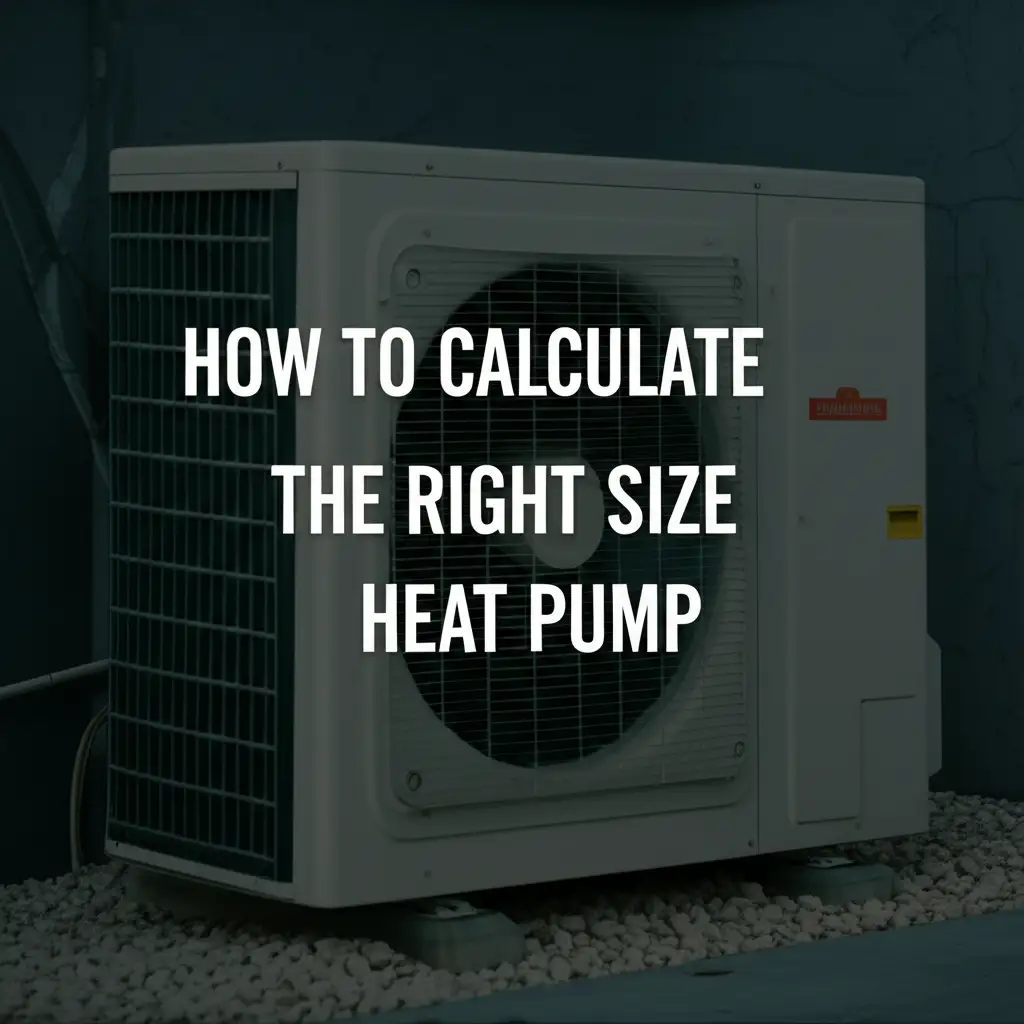
Determine the Right Size Heat Pump for Your Home
Choosing a heat pump is a significant decision for any homeowner. The size of your heat pump is arguably the most critical factor. An incorrectly sized heat pump leads to wasted money, poor comfort, and higher energy bills. Many people assume bigger is always better, but this is a common mistake that causes more problems than it solves. I understand this process can feel overwhelming, but getting the size right ensures your home stays comfortable year-round. This guide will walk you through calculating the right size heat pump for your specific needs, helping you make an informed choice.
Takeaway
- Correct heat pump sizing ensures optimal comfort and energy savings.
- Accurate sizing requires a detailed load calculation of your home.
- An oversized or undersized heat pump leads to efficiency problems and discomfort.
- Always consult a qualified HVAC professional for precise sizing.
How do you calculate the right size heat pump?
You calculate the right size heat pump by performing a detailed load calculation, often using the industry-standard Manual J method. This comprehensive assessment considers your home’s unique characteristics, like insulation, windows, climate, and air leakage, to determine precise heating and cooling needs in British Thermal Units (BTUs).
Why Heat Pump Sizing Matters So Much
The size of your heat pump directly impacts its performance and your utility bills. It is not just about heating and cooling your home. It is about doing so efficiently and effectively. If your heat pump is too large, it will cycle on and off too frequently. This “short cycling” wastes energy and does not remove humidity properly, leading to a clammy feeling indoors. On the other hand, an undersized heat pump will struggle to maintain comfortable temperatures, especially during extreme weather. It will run constantly, leading to excessive wear and tear and still failing to keep your home comfortable. Understanding the correct size means a more efficient system and a happier home. When you choose the right size heat pump, you avoid these common issues.
Understanding BTU and Tonnage for Heat Pumps
When we talk about heat pump size, we are often referring to its heating and cooling capacity. This capacity is measured in British Thermal Units (BTUs). One BTU is the amount of energy needed to raise the temperature of one pound of water by one degree Fahrenheit. Heat pumps are typically rated in BTUs per hour. For cooling, these ratings are often converted into “tons.” One ton of cooling capacity equals 12,000 BTUs per hour. So, a 3-ton heat pump provides 36,000 BTUs of cooling. Manufacturers provide ratings for both heating and cooling because a heat pump functions in both modes. It is important to know these measurements so you can compare units and understand what professionals discuss. Properly calculating your home’s BTU needs is the first step.
Key Factors in Calculating Heat Pump Size
Calculating the right size heat pump for your home is more involved than just measuring square footage. Many elements affect how much heating or cooling your home needs. Each factor influences your home’s heat gain or heat loss. Considering all these details helps paint a full picture of your home’s energy demands.
Home Insulation Levels
Insulation is vital for maintaining indoor temperatures. A well-insulated home loses less heat in winter and gains less heat in summer. This means it needs a smaller heat pump. Poor insulation in walls, attics, and floors allows energy to escape, forcing your heat pump to work harder.
Window and Door Quality
Windows and doors are major sources of heat transfer. Single-pane windows, for example, allow much more heat to enter or leave your home than modern, energy-efficient double or triple-pane windows. The number, size, and orientation (which direction they face) of your windows also play a role. Drafty doors or windows also contribute to significant energy loss.
Climate and Local Weather Patterns
Your local climate dictates the intensity of your heating and cooling needs. Homes in very cold regions need more heating capacity, while those in hot, humid areas require greater cooling and dehumidification capabilities. Heat pump performance varies with outside temperatures, so a unit suitable for a mild climate might be insufficient for an extreme one.
Home Layout and Ceiling Heights
The layout of your home affects air distribution. Open floor plans might allow air to circulate more freely, but high ceilings mean more air volume to heat or cool. Understanding the volume of air in your home is crucial. Each room needs a specific analysis to ensure even comfort throughout the house.
Number of Occupants and Appliances
People and appliances generate heat. A home with many occupants or numerous heat-generating appliances (like computers, televisions, and ovens) will naturally be warmer. This added internal heat gain must be factored into the cooling load calculation. It can influence the overall heat pump size needed to keep the house cool.
DIY Heat Pump Sizing: Basic Steps and Limitations
While professional sizing is always recommended, you can perform a very basic estimation to get a general idea of your needs. This involves a simple square footage calculation. You might hear rules of thumb like “20 BTUs per square foot.” For example, a 2,000 sq ft home would roughly need a 40,000 BTU (or 3.5-ton) heat pump. However, this method is highly inaccurate. It completely ignores critical factors like insulation, window quality, and local climate.
Relying solely on square footage often leads to incorrect sizing. An oversized system cycles too often, wastes energy, and struggles with humidity. An undersized system runs constantly, fails to maintain comfort, and wears out quickly. These simple calculations should only provide a starting point, not a final decision. To know what size heat pump you need accurately, a deeper analysis is required.
The Professional Advantage: Manual J Load Calculations
The gold standard for calculating heat pump size is the Manual J load calculation. This method is developed by the Air Conditioning Contractors of America (ACCA). HVAC professionals use specialized software to perform Manual J calculations. This process is comprehensive and highly accurate. It considers every detail of your home that affects heating and cooling loads.
The calculation accounts for:
- Building materials: Wall type, roof materials, floor construction.
- Insulation values: R-values of walls, ceilings, and floors.
- Window specifications: U-values, SHGC (Solar Heat Gain Coefficient), and orientation.
- Air infiltration: How much outside air leaks into your home.
- Internal heat gains: Heat generated by occupants, lights, and appliances.
- Ductwork losses/gains: Energy loss or gain through the duct system.
- Local climate data: Average high and low temperatures, humidity levels.
A Manual J calculation takes time and expertise. It provides a precise BTU requirement for both heating and cooling. This accuracy ensures your heat pump is perfectly matched to your home’s needs. This leads to optimal efficiency, consistent comfort, and a longer lifespan for your system. When you need to determine what size heat pump you need with certainty, a professional load calculation is the way to go.
Common Mistakes When Sizing a Heat Pump
Many homeowners make mistakes when trying to size a heat pump, often leading to performance issues and dissatisfaction. Avoiding these pitfalls is key to a successful heat pump installation. Understanding what can go wrong helps you make better decisions.
Oversizing Your Heat Pump
Installing a heat pump that is too large for your home is a frequent error. An oversized unit reaches the desired temperature too quickly, then shuts off. This causes “short cycling.” Short cycling means the unit turns on and off many times within an hour. This wastes energy because the most energy-intensive part of an HVAC cycle is starting up. Furthermore, an oversized unit does not run long enough to properly dehumidify your home during cooling cycles. This can leave your home feeling damp and uncomfortable, even if the temperature is correct. Short cycling also puts extra strain on the compressor, reducing the system’s lifespan.
Undersizing Your Heat Pump
An undersized heat pump faces the opposite problem. It struggles to meet your home’s heating or cooling demands, especially during peak seasons. The unit will run almost continuously, trying to reach the thermostat setting. This constant operation leads to higher energy bills because the system is always working at its maximum capacity. Despite running non-stop, an undersized unit might still fail to provide adequate comfort, leaving rooms too hot in summer or too cold in winter. Continuous operation also causes excessive wear and tear on components, leading to premature breakdowns and costly repairs.
Ignoring Local Climate
Some people overlook their specific climate when choosing a heat pump. A system perfectly sized for a mild climate might be inadequate for one with extreme temperature swings. For example, homes in very cold regions might need a heat pump with strong low-temperature heating performance, or even supplemental heating. The wrong climate match means compromised comfort and efficiency.
Not Considering Home Renovations
If you recently renovated your home, your old sizing calculations might be inaccurate. Adding insulation, replacing windows, or building an extension changes your home’s energy profile. These changes can significantly alter your heating and cooling needs. Always reassess your sizing requirements after major home improvements. If you are unsure, you can often tell what size heat pump you have by checking the outdoor unit’s model number, but this only tells you the current size, not if it’s correct for your changed home.
Getting Professional Assistance for Heat Pump Sizing
While understanding the factors is helpful, performing an accurate heat load calculation requires specialized knowledge and tools. This is where HVAC professionals come in. They are trained to conduct thorough Manual J calculations, ensuring precision. Professionals use specific software that accounts for every nuance of your home. This software includes detailed climate data for your area, precise material properties, and building codes.
Hiring a professional offers several advantages:
- Accuracy: They provide the most precise BTU requirements. This guarantees your new heat pump will be neither too big nor too small.
- Compliance: Professionals ensure your installation meets local building codes and energy efficiency standards.
- System Integration: They can advise on ductwork adjustments or other system components that might affect performance.
- Warranty: Proper installation by certified professionals often ensures your warranty remains valid.
- Long-Term Savings: A correctly sized and installed heat pump will operate more efficiently. This saves you money on energy bills over its lifespan.
Do not guess on heat pump sizing. It is a critical investment in your home’s comfort and efficiency. Spending a little extra on a professional load calculation can save you a lot of money and frustration in the long run. When you need to figure out what size heat pump you need, a certified HVAC technician is your best resource.
Important Considerations Beyond BTU for Your Heat Pump
While BTU capacity is paramount, other factors also influence your heat pump choice. Thinking about these helps ensure overall system satisfaction and efficiency. These elements contribute to how well your heat pump integrates into your home and performs daily.
Energy Efficiency Ratings (SEER2 and HSPF2)
Heat pumps have specific efficiency ratings. For cooling, we look at SEER2 (Seasonal Energy Efficiency Ratio 2). A higher SEER2 indicates greater cooling efficiency. For heating, we use HSPF2 (Heating Seasonal Performance Factor 2). A higher HSPF2 means better heating efficiency. These ratings are crucial because they directly impact your monthly energy bills. Modern heat pumps often have very high SEER2 and HSPF2 ratings, indicating significant energy savings over older models.
Ductwork and Airflow
Your home’s existing ductwork plays a critical role. If your ducts are old, leaky, or improperly sized, even a perfectly sized heat pump will struggle to deliver air effectively. Leaky ducts waste a lot of energy. Improperly sized ducts restrict airflow, which reduces efficiency and puts strain on the heat pump. A professional will often inspect your ductwork during a load calculation. They might recommend sealing or resizing ducts to ensure optimal performance. Good airflow is essential for even temperature distribution throughout your home.
Zoning Options
For larger homes or homes with varying heating and cooling needs across different areas, zoning might be a valuable option. Zoning involves dividing your home into distinct temperature control zones. Each zone has its own thermostat. This allows you to heat or cool only the areas you are using, saving energy. A professional can help design a zoning system that works with your new heat pump, further enhancing comfort and efficiency. This level of customization ensures that you are only conditioning the spaces that need it, when they need it.
Heat Pump Type and Installation
There are different types of heat pumps, primarily air-source and ground-source (geothermal). This article focuses on air-source heat pumps, which are most common. The installation process itself must be meticulous. A poorly installed heat pump, even if correctly sized, will not perform as intended. Ensure your chosen HVAC contractor has proper certifications and a strong reputation for quality installation. The quality of installation greatly influences system lifespan and performance.
FAQ Section
Can I use square footage alone to size a heat pump?
No, relying solely on square footage is inaccurate for heat pump sizing. It does not account for critical factors like insulation, window efficiency, ceiling height, or local climate. Using only square footage often leads to an improperly sized system, causing energy waste and discomfort. Always get a professional load calculation.
What happens if my heat pump is too big?
If your heat pump is too big, it will “short cycle,” meaning it turns on and off too frequently. This wastes energy, prevents proper dehumidification (leaving your home feeling clammy), and puts extra strain on the compressor. This shortens the system’s lifespan and leads to higher maintenance costs.
What happens if my heat pump is too small?
An undersized heat pump will struggle to maintain comfortable temperatures, especially during peak seasons. It will run almost constantly, leading to excessive wear and tear and higher energy bills. Despite continuous operation, it may still fail to provide adequate heating or cooling, resulting in an uncomfortable home.
How often should I get my heat pump re-evaluated for size?
You should consider re-evaluating your heat pump size after any major home renovations, such as adding insulation, replacing windows, or building an extension. If you notice a significant drop in comfort or a sudden spike in energy bills, it might also be a good time to reassess your system’s sizing and performance.
Does insulation impact heat pump size significantly?
Yes, insulation levels have a major impact on heat pump size. A well-insulated home retains heat better in winter and keeps heat out in summer, significantly reducing the heating and cooling load. This means a properly insulated home needs a smaller, more efficient heat pump, saving you money on both equipment and energy bills.
Conclusion
Calculating the right size heat pump is the most crucial step in ensuring your home’s comfort and energy efficiency. An improperly sized unit, whether too big or too small, will lead to higher energy bills, reduced system lifespan, and uncomfortable indoor temperatures. We have explored the importance of understanding BTUs, the many factors influencing heat load calculations, and the critical role of professional Manual J assessments. Relying on simple square footage estimates is a common mistake that homeowners should avoid.
Remember, a correctly sized heat pump works efficiently, maintains consistent temperatures, and keeps your energy costs down. For an investment as significant as a heat pump, precision is key. Do not leave it to chance. I strongly recommend consulting with a qualified HVAC professional. They can perform a detailed load calculation and help you select the perfect heat pump for your home’s unique needs. Take this step to secure long-term comfort and savings for your household.


